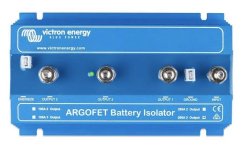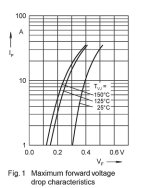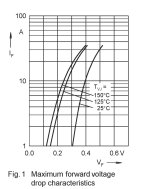As I think you've discovered your inverter is much more than that, it's also a transfer switch and battery charger. If the system was installed and programed right the operation of the 120v system should be fairly seamless and automatic. The inverter will invert when no shore power, charge when there is, and automatically switch between the two modes.
The Xanbus is Xantrex's fancy name for the network that their components use to communicate. It's run with standard Ethernet cables but it's not an Ethernet system, it proprietary.
I would recommend that you get a Xantrex charge controller so it will also communicate with the other components you have. I assume you have the System Control Panel (SCP) already? If not you should get one so you can really see what your inverter is doing. The Xantrex charge controller you want is the XWMPPT60-150.
A 100 watt panel is not much. You can probably find a 325 watt panel for about the same price or even less if you look around. You'll never get the equivalent of 50 watts for 12 hours unless you live in some very special areas of the southwest and have the panel oriented perfectly on a very clear sunny day. In most areas of the country you can expect anywhere from 300 to 400 watt hours from a 100 watt panel on an average day if it's properly oriented and tilted. I expect you were going to mount yours flat which will reduce the output even further.
The Xanbus is Xantrex's fancy name for the network that their components use to communicate. It's run with standard Ethernet cables but it's not an Ethernet system, it proprietary.
I would recommend that you get a Xantrex charge controller so it will also communicate with the other components you have. I assume you have the System Control Panel (SCP) already? If not you should get one so you can really see what your inverter is doing. The Xantrex charge controller you want is the XWMPPT60-150.
A 100 watt panel is not much. You can probably find a 325 watt panel for about the same price or even less if you look around. You'll never get the equivalent of 50 watts for 12 hours unless you live in some very special areas of the southwest and have the panel oriented perfectly on a very clear sunny day. In most areas of the country you can expect anywhere from 300 to 400 watt hours from a 100 watt panel on an average day if it's properly oriented and tilted. I expect you were going to mount yours flat which will reduce the output even further.






















